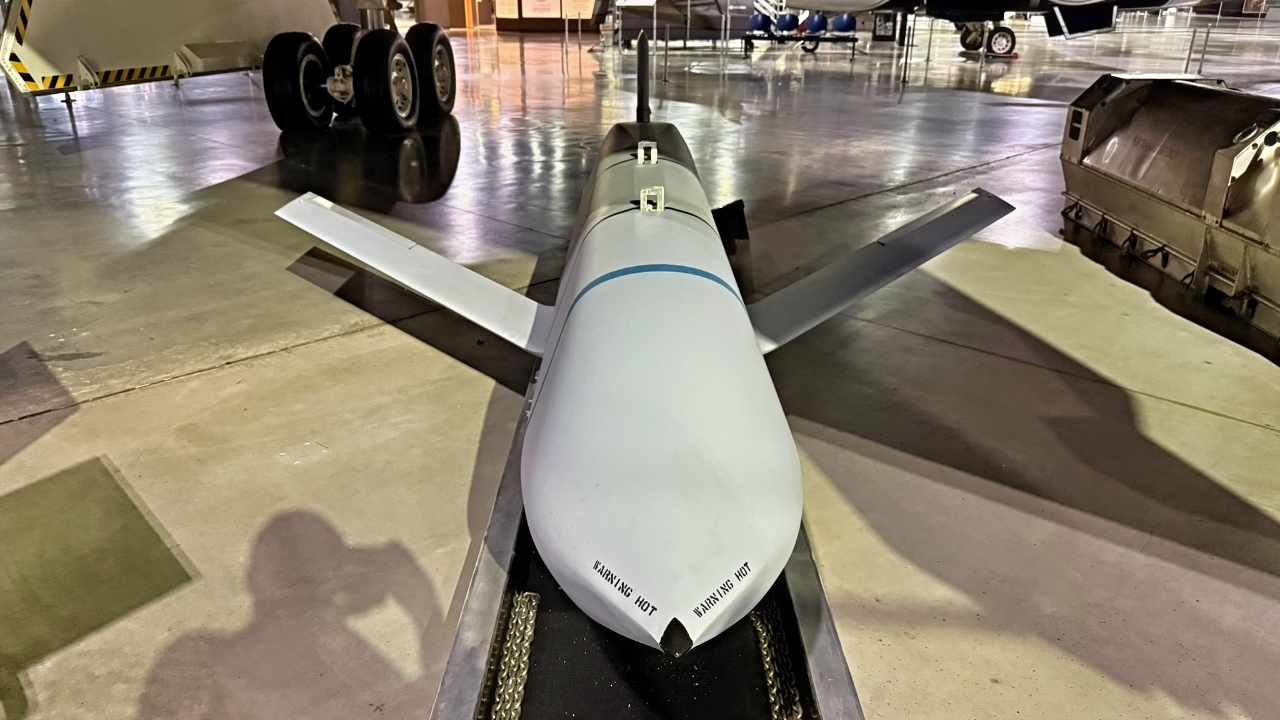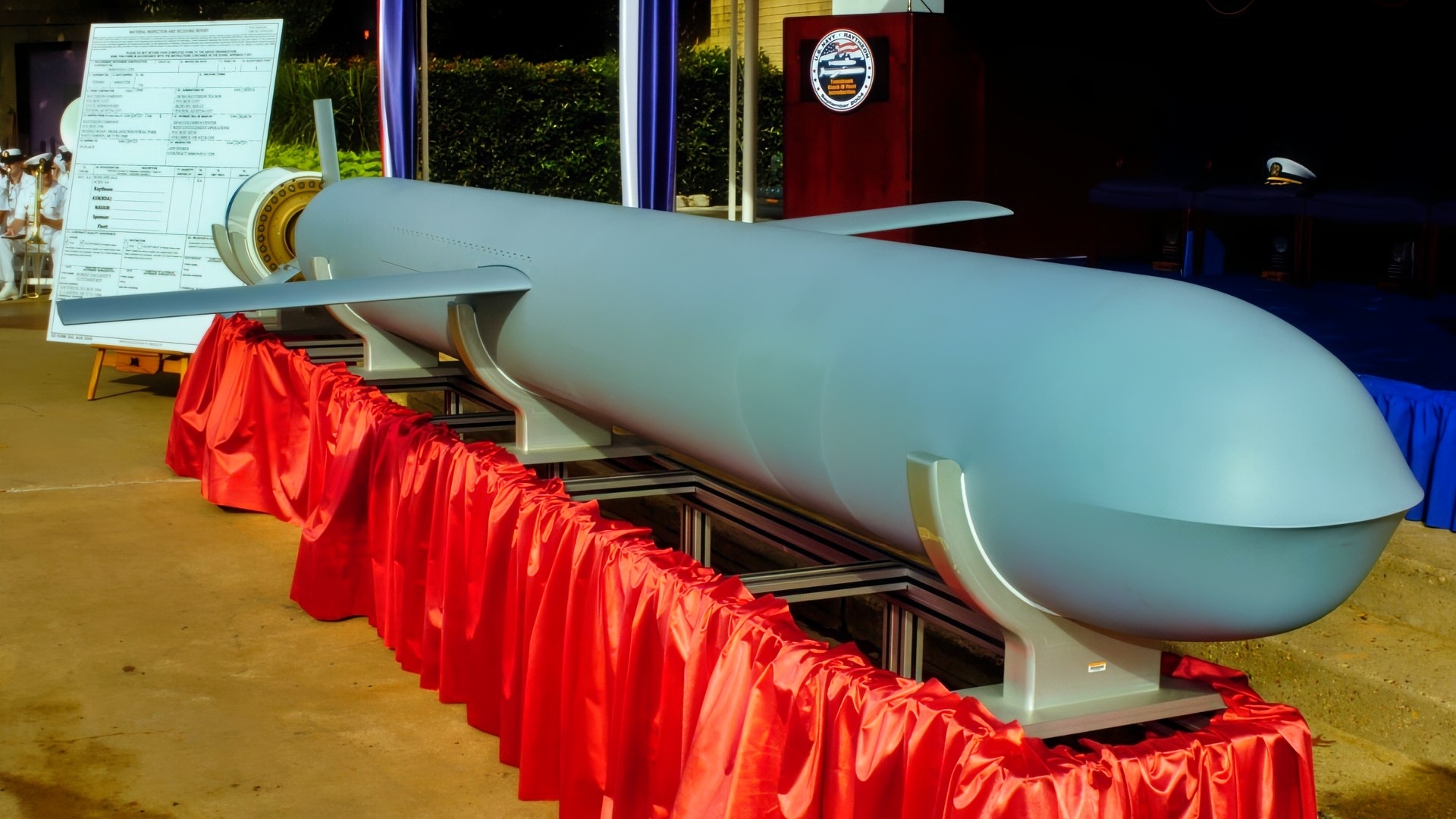Key Points and Summary – Ukrainian President Volodymyr Zelenskyy is traveling to Washington this Friday to make a direct appeal to the Trump administration for Tomahawk cruise missiles.
-Ukraine’s strategy is to use the 1,550-mile-range weapons to strike deep inside Russia, creating leverage to force Vladimir Putin to the negotiating table.

Tomahawk Launch. Image Credit: Creative Commons.
-The Trump administration, now pursuing a “peace through strength” policy, seems to view the potential transfer as a powerful bargaining chip.
-The high-stakes visit comes amid stark warnings from Russia that providing such a capability would be a major escalation and risk a wider conflict.
Ukraine War: Zelensky to Visit Washington to Pressure for Tomahawks
This Friday, Ukrainian President Volodymyr Zelensky will once again touch down in Washington.
This time, he will not only seek to press for more air defenses but to encourage the U.S. to provide Ukraine with Tomahawk cruise missiles that can strike deep inside Russian territory.
U.S. openness to such a move has been widely reported in recent weeks, but nothing has yet been confirmed.
On Wednesday, NATO defense ministers held talks in Brussels, in which U.S. Defense Secretary Pete Hegseth announced that “peace through strength” remained an accurate characterization of the U.S. administration’s approach to the conflict.
Meanwhile, Trump has floated the option of using Tomahawks as a way to force Moscow back to the negotiating table.
“Do they want to have Tomahawks going in their direction? I don’t think so,” he told reporters aboard Air Force One, implying the threat alone might bring Vladimir Putin to the table.
Tomahawks have a range of some 1,550 miles, and would enable Kyiv to strike far beyond its current range with its Washington-supplied ATACMS, which have a range of around one-eighth of the Tomahawk.
While some world leaders have long urged Washington to offer Ukraine such weaponry, Germany has complained that doing so could risk escalating the war.
Belarusian dictator Alexander Lukashenko, an ally of Moscow, also echoed Putin’s warning over Tomahawks, claiming that Ukraine could risk the “brink of nuclear war,” if they were used against Russia, a nuclear-armed state.
The Washington Post reports that NATO diplomats are praising Trump’s new assertiveness toward Russia as a sharp turn from his previous cordiality with Putin. The White House is also reportedly exploring a funding mechanism under which European governments would pay for U.S. weapons transferred to Ukraine. This workaround has already been used for $2 billion worth of American arms since the summer.
While the discussions continue, Russia continues to hammer Ukraine’s energy infrastructure, plunging several towns and cities, including Kharkiv – just some 15 miles from the Russian border – into intermittent outages.
Still, Zelensky has made it obvious his plans to use long-range missiles inside Russia to pressure Putin back to the negotiation table.

JASSM Missile National Security Journal Original Photo. All Rights Reserved.
Former Russian president Dmitry Medvedev claimed going ahead with the plan “could end badly for everyone,” hinting that U.S. personnel might need to operate the missiles, thus inflaming tensions between Moscow and Washington.
Regardless, Zelensky appears undeterred. Ahead of his White House meeting, he said on Monday that his agenda is clear: “air defence and long-range capabilities to maintain pressure on Russia.”
Whether Trump delivers on that wish—or uses it merely as leverage—may determine not only Ukraine’s next phase of war but the credibility of Washington’s vow to achieve “peace through strength”.
About the Author: Georgia Gilholy
Georgia Gilholy is a journalist based in the United Kingdom who has been published in Newsweek, The Times of Israel, and the Spectator. Gilholy writes about international politics, culture, and education. You can follow her on X: @llggeorgia.
More Military
$5,500,000,000 U.S. Navy Aircraft Carrier ‘Sunk’ by $80,000,000 Diesel Sub
A Shipyard Worker Started a Fire on a U.S. Navy Nuclear Submarine to ‘Go Home Early’
The F-35 Has a Range Problem That Can’t Be Fixed










